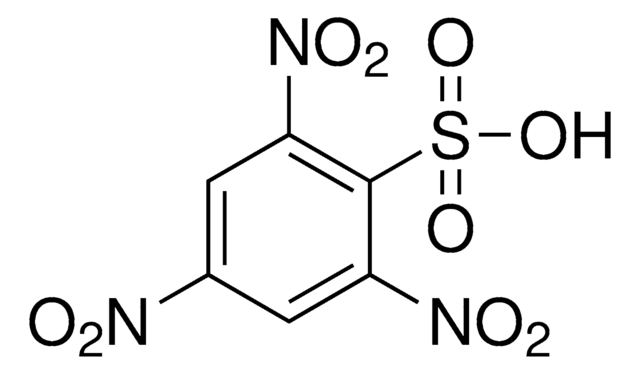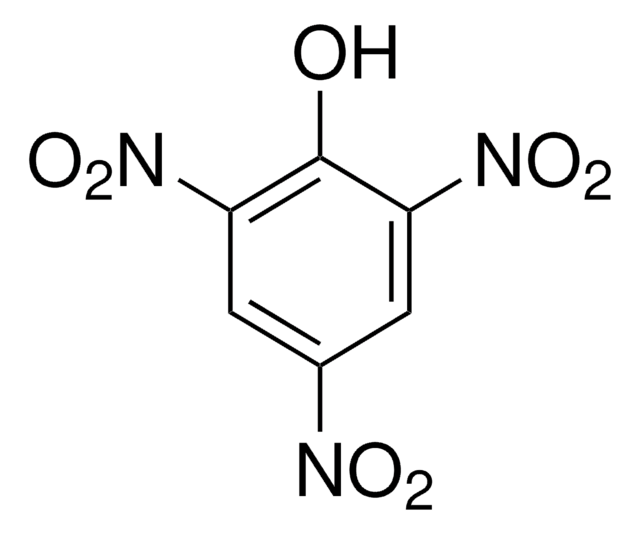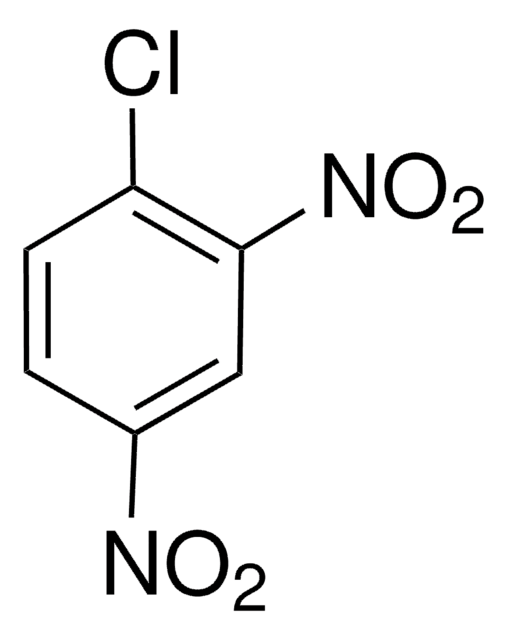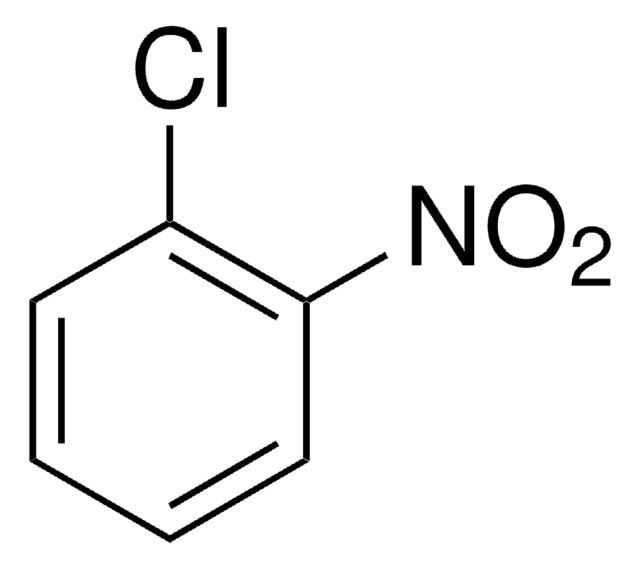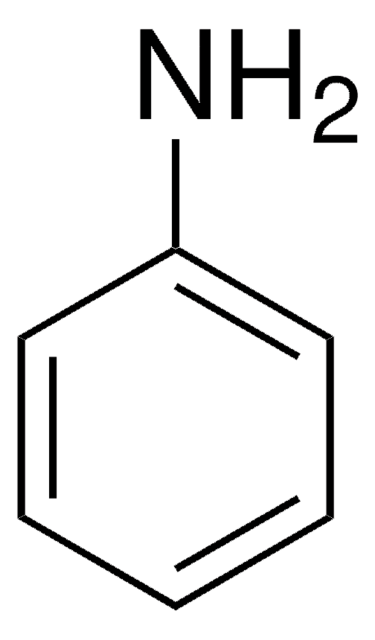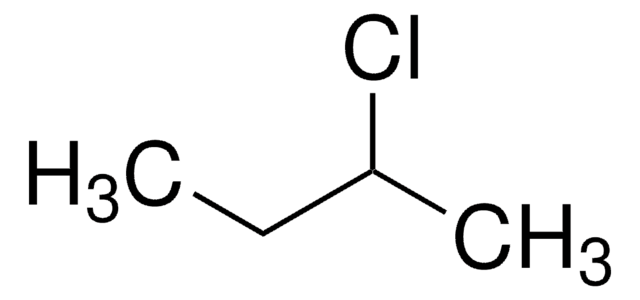Wichtige Dokumente
79874
2-Chlor-1,3,5-trinitro-benzol
≥98.0% (HPLC)
Synonym(e):
2,4,6-Trinitro-chlorbenzol
About This Item
Empfohlene Produkte
Assay
≥98.0% (HPLC)
Form
lumps
Funktionelle Gruppe
chloro
nitro
SMILES String
[O-][N+](=O)c1cc(c(Cl)c(c1)[N+]([O-])=O)[N+]([O-])=O
InChI
1S/C6H2ClN3O6/c7-6-4(9(13)14)1-3(8(11)12)2-5(6)10(15)16/h1-2H
InChIKey
HJRJRUMKQCMYDL-UHFFFAOYSA-N
Verwandte Kategorien
Sonstige Hinweise
Signalwort
Danger
H-Sätze
Gefahreneinstufungen
Acute Tox. 1 Dermal - Acute Tox. 2 Inhalation - Acute Tox. 2 Oral - Aquatic Acute 1 - Aquatic Chronic 1 - Flam. Sol. 1
Zusätzliche Gefahrenhinweise
Lagerklassenschlüssel
4.1B - Flammable solid hazardous materials
WGK
WGK 2
Flammpunkt (°F)
Not applicable
Flammpunkt (°C)
Not applicable
Persönliche Schutzausrüstung
Eyeshields, Faceshields, Gloves, type P3 (EN 143) respirator cartridges
Hier finden Sie alle aktuellen Versionen:
Besitzen Sie dieses Produkt bereits?
In der Dokumentenbibliothek finden Sie die Dokumentation zu den Produkten, die Sie kürzlich erworben haben.
Unser Team von Wissenschaftlern verfügt über Erfahrung in allen Forschungsbereichen einschließlich Life Science, Materialwissenschaften, chemischer Synthese, Chromatographie, Analytik und vielen mehr..
Setzen Sie sich mit dem technischen Dienst in Verbindung.